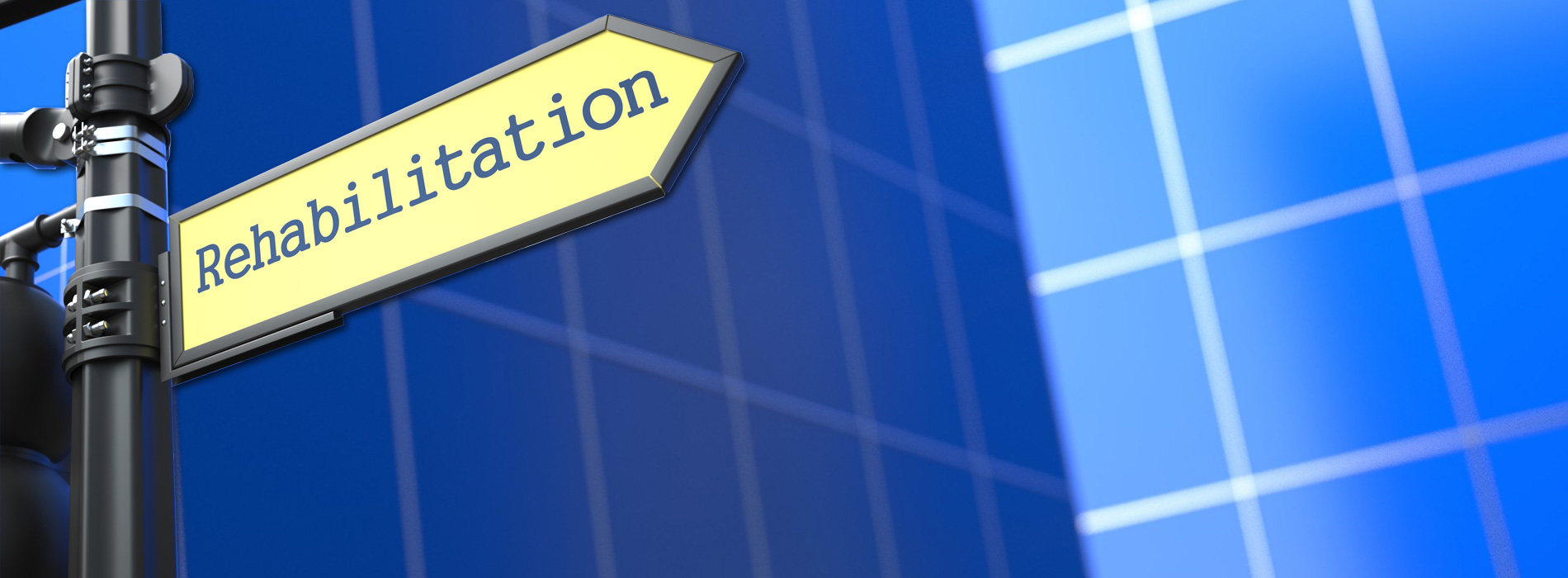
Treatment with Medications
Addiction is considered a chronic disease, and people can’t just stop and be cured. Treatment is the only way to make sure of getting the knowledge and willpower to quit and stay drug-free. With the help of a treatment facility, one will get the help he or she needs, plus follow-up help in order to stay clean. At times, there will be cases where an individual needs longer time to achieve results or needs several visits to stay on the recovery path.
Treatment isn’t simple because drug abuse and/or addiction interfere with many aspects of a person’s life. So, the illness at hand is dissected, reviewed, and dealt with according to each individual. Addiction goes untreated too often, and according to SAMHSA’s National Survey on Drug Use and Health, 23.2 million persons received treatment at a specialty facility in 2010. Also, 20.8 persons (8.4 percent of the population aged 12 or older) needed treatment for an illicit drug or alcohol use problem but did not receive it. These estimates are similar to those in previous years.
As a treatment for substance abuse, medications are given to assist with withdrawals, cravings, and brain function. Once given, the drug should help the brain to become stable, prevent a relapse, and free the patient from cravings. Many medications are being developed for various forms of substance abuse, including poly-drug user (more than one drug). There are now medications to help withdrawals and cravings for the following drugs:
- ● Stimulants – Cocaine, methamphetamine, and amphetamine
- ● Opioids – Heroin, morphine, oxycodone, and hydrocodone
- ● Alcohol – Beer, wine, and liquor
- ● Nicotine – Tobacco products
- ● Cannabis
Obsession with Fetishes
As you find yourself obsessing with odd fetishes such as being dominated, using foreign objects, or any fetishes that are not considered to be safe, it’s time to step back and think about what’s really going on. Dangerous fetishes can cause harm to yourself or your partner. This obsession or need to go further with the fetish with each sex session takes over your brain. While it is okay to have sexual inhibitions, you have to know when enough is enough or when you’ve gone too far.
Opioids
For some individuals, suppression of the withdrawal symptoms and relieving cravings are necessary steps in treating opiate addictions. Buprenophine, methadone, and naltrexone are being used to accomplish these tasks. These drugs will focus on the same part of the brain as morphine and heroin by blocking the effects of morphine, heroin and other opioids at their receptor sites. Only detoxified patients should use this form of treatment. Naltrexone is frequently prescribed as other medications due to compliance issues. These treatments help patients to lead a more stable and normal lifestyle by stopping them from seeking drugs, which leads to inappropriate behavior in society.
Nicotine
The tobacco industry is a big business with sales of tobacco being legal for adults. However, nicotine is an easy drug for children to get addicted to. There have been many therapies created for kicking the nicotine habit, which are available over the counter. A few mentioned below:
- ● Gum
- ● Patch
- ● Lozenges
- ● Spray
Two more treatments have been approved by the FDA, which are in prescription form. These are varenicline and bupropion. Prescribed medications act on the brain differently from person to person. However, relapse for people trying to stop is prevented by both drugs effectively.
Behavioral treatments are recommended with each drug in order to have the best results. Quit-lines, group therapy, or individual counseling are important adjunct treatments.
Alcohol
The FDA has approved three medications for treating alcohol dependent patients. These include:
- ● Acamprosate – Reduces symptoms of protracted withdrawal, such as anxiety, insomnia, dysphoria, depression, anxiety, irritability, and restlessness. This medication is usually prescribed in patients with a more severe dependence on alcohol.
- ● Disulfiram – This treatment can be very effective if the patient is willing and determined to quit alcohol. It works by wearing down the effects of alcohol. It builds up acetaldehyde, which produces a not so pleasant reaction to the patient with side effects of nausea, palpitations, and flushing. This form of treatment should only be used with behavioral treatments.
- ● Naltrexone – This form of treatment is highly effective but not in all patients. Genetic roles play a part in the treatment of this drug. Naltrexone blocks opioid receptors, which are the “reward effects” of drinking which some call “high” or “drunk”. It also blocks the craving for alcohol and is highly effective in reducing relapse to heavy drinking.

